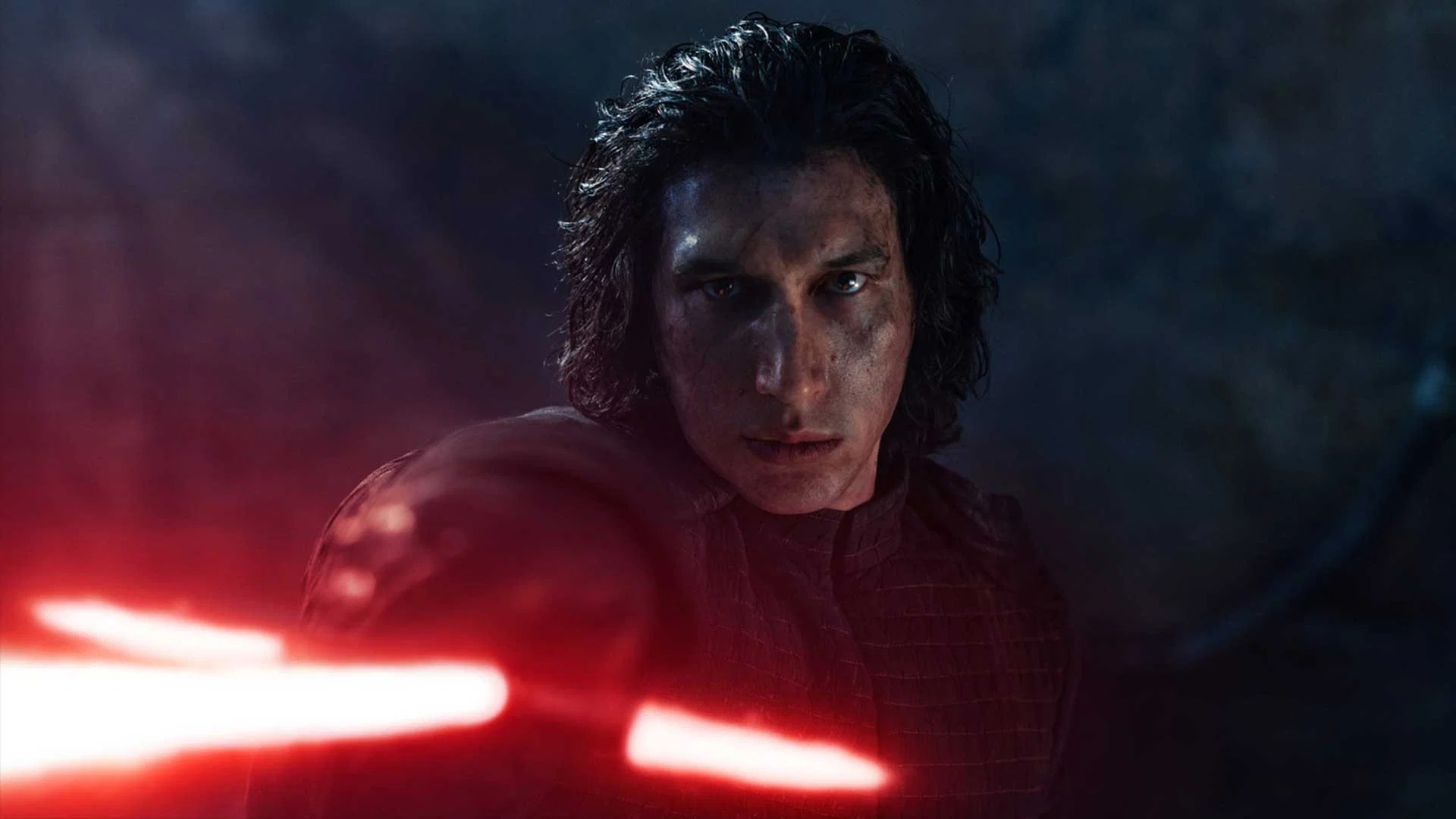Table of Contents Show
As geek culture continues to take over mainstream media, fans have been graced with plenty of heroes vs. villains stories. When picturing a hero, we usually think of the qualities a protagonist typically has — a courageous heart and a strong desire to protect others. Watching protagonists overcome even the most difficult of trials gives us feelings of inspiration and positivity, so it’s not hard to cheer for the side of good…right? But what about the antagonist?
We are familiar with the villain, or the big bad, as some call them. A villain will stop at nothing to achieve their evil desires, even if it means hurting/eliminating anyone in their way. When we think of villains in geek culture, our minds may immediately go to big baddies such as Darth Vader, Voldemort, and Frieza. Each of those villains has committed unspeakable crimes in order to achieve a selfish goal and have gone as far as killing anyone trying to stop them.
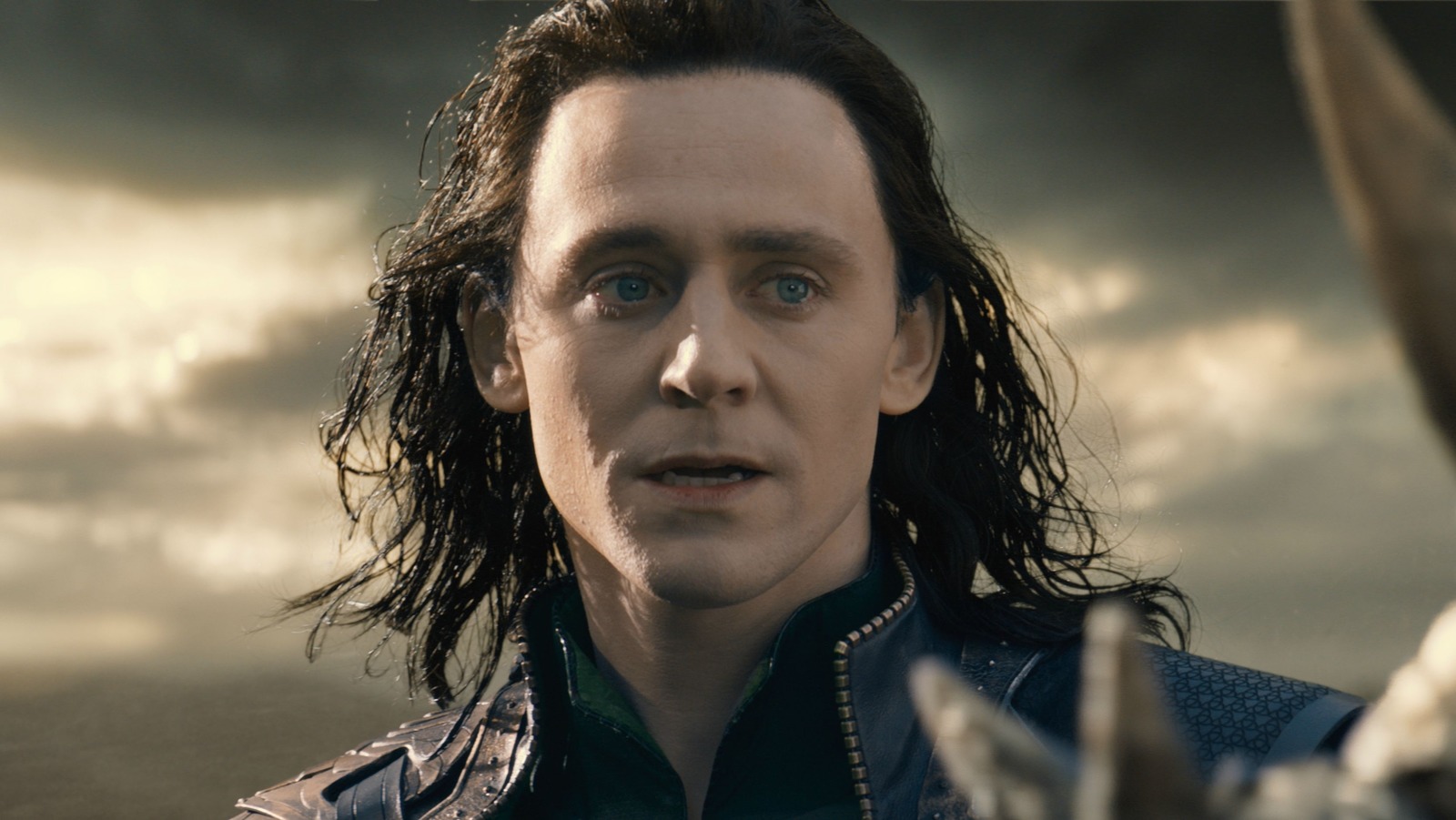
The words villain and antagonist have been used interchangeably for decades, but modern-day writing has made the antagonist far more complex. The heroes vs. villains concept isn’t as black and white as it used to be, and sometimes the antagonist doesn’t necessarily fit the bill. The antagonist is an adversary of the protagonist but isn’t considered a straight-up villain. If this is so, what qualifies one to be labeled as an antagonist but not a villain? What makes these characters more complex and realistic than the typical supervillain bent on destroying humanity? Here are four characters that are considered complex antagonists rather than villains.
Loki (Thor/Avengers)
Loki is one of the most well-known antagonists in geek culture, more specifically the MCU version played by Tom Hiddleston. Loki made his first appearance in the 2011 film Thor. He was introduced as a timid and emotional sorcerer who always seemed to come second to his brutish brother and god of thunder, Thor. It was revealed that Loki had a past that was hidden from him, and from then on, he began to spiral out into a life of villainy. While he took the role as an almost supervillain in Marvel’s 2012 film, The Avengers, Loki was consistently on again, off again when it came to morality.
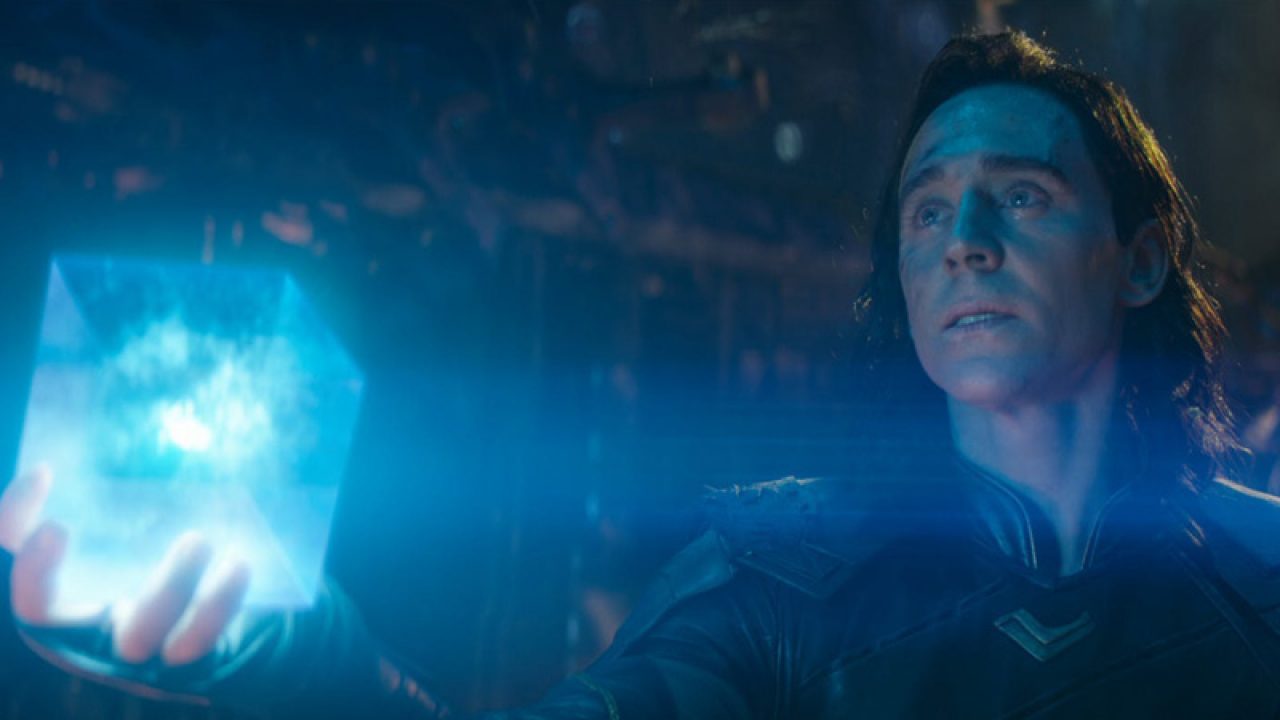
Loki’s lust for power combined with his own narcissistic tendencies had led him down a darker path. His ultimate betrayal of his homeland of Asgard as well as his adopted family seemed to derive very little to no remorse from him, and his descent into a life of villainy is clearly drawn…or so fans thought. Throughout the series, Loki is shown to be unstable when it comes to his allegiance, regularly double-crossing Thor and using power for his own personal gain. However, as the series progressed, Loki began to show that he wasn’t nearly as corrupted as initially thought.
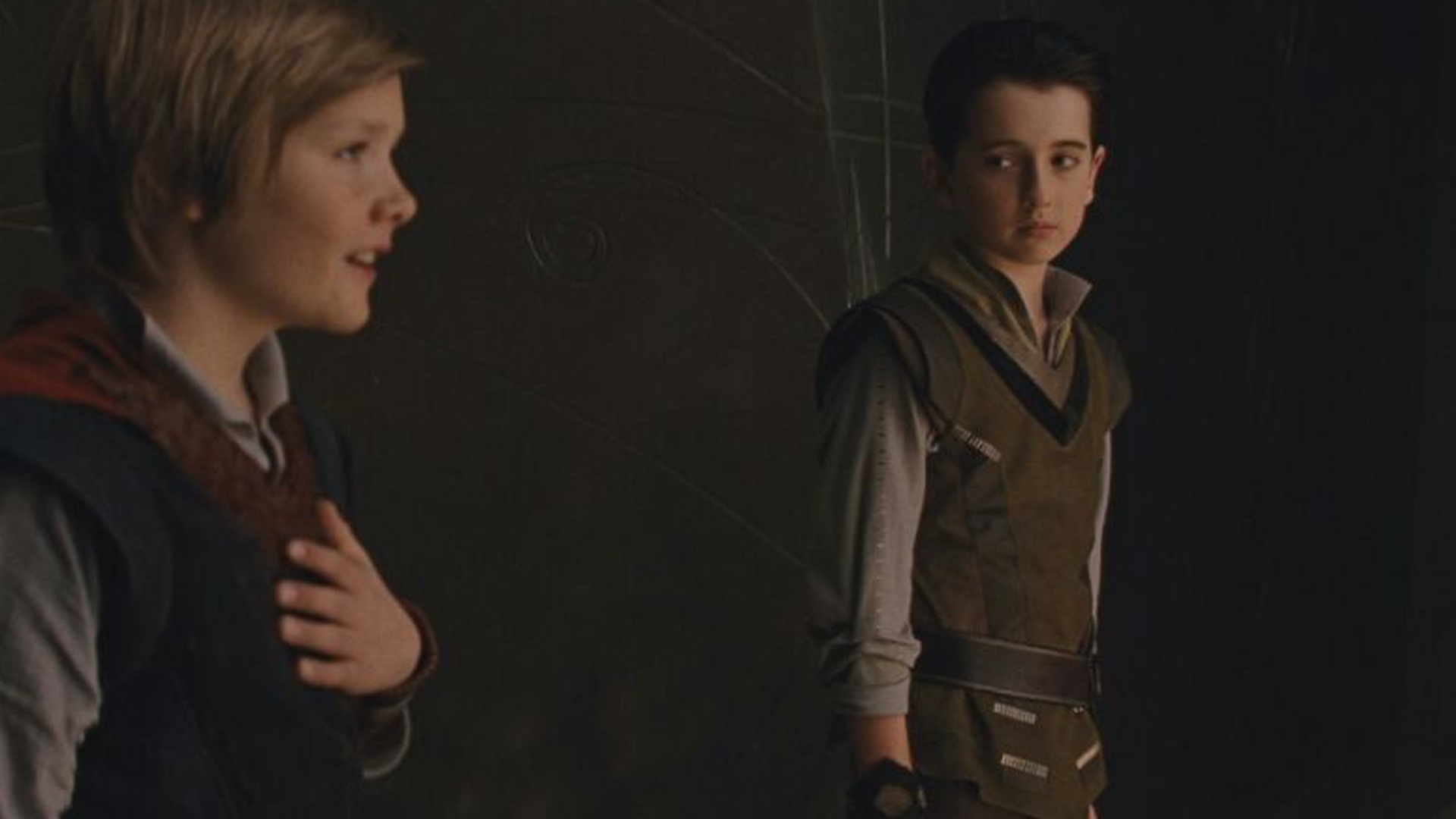
Because of this, Loki was already not classified as a typical one-dimensional villain. Though he has committed countless crimes and continuously hurt the ones closest to him, Loki still managed to keep his heart intact for the most part. It’s evident in the films that though Loki can come off as cold and absent of remorse, he truly isn’t. He held resentment towards Odin for keeping his past a secret and even expressed a constant hatred towards Thor. But in reality, he cared a great deal about his adoptive family, especially Thor. They were brothers, after all, and it was something that Loki couldn’t quite let go of. This alone seemed to maintain Loki’s own humanity.
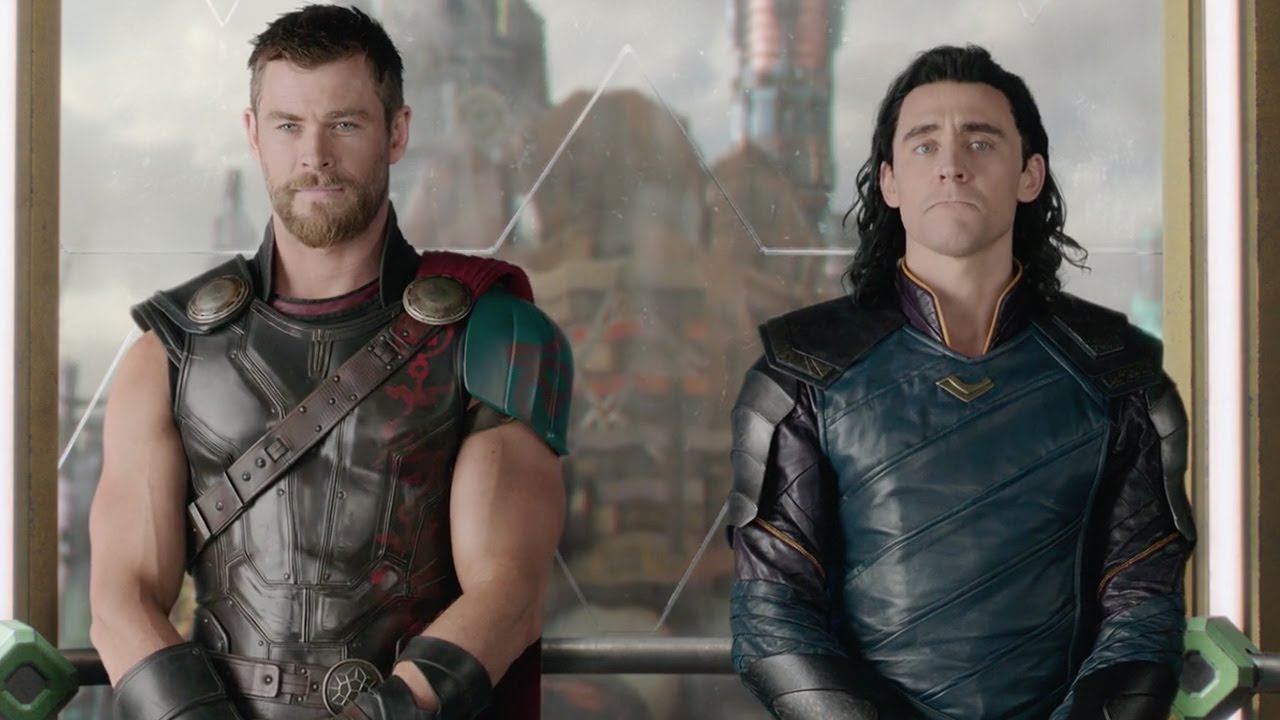
Loki’s emotional reaction to finding out the truth about his past was what initially caused him to spiral. This could very well be because he was adopted and seemed to always come in second to Thor. In a way, Loki’s descent into the antagonist lifestyle was a way of acting out. His so-called narcissistic tendencies could have very well been a way for him to make himself heard, as well as gain the attention he so desired while growing up.
Loki was later redeemed through death in the 2018 MCU film Infinity War, though another version of him exists in an alternate timeline that takes place shortly after 2012’s The Avengers. It is uncertain if this alternate version of Loki (which fans will be able to see in the upcoming Disney Plus series, Loki), will have the same kind of growth and depth as his main counterpart. But there are definitely many high hopes from fans for another well-written version of the beloved god of mischief.
Sasuke Uchiha (Naruto)
Despite the many antagonists that have made an appearance in the long-running anime series, Naruto, Sasuke Uchiha is definitely the most significant. After witnessing his entire clan being slaughtered by his older brother at a tender age, Sasuke’s life did a complete one-eighty. His life became about revenge and nothing else, and he had already accepted that at a very young age.
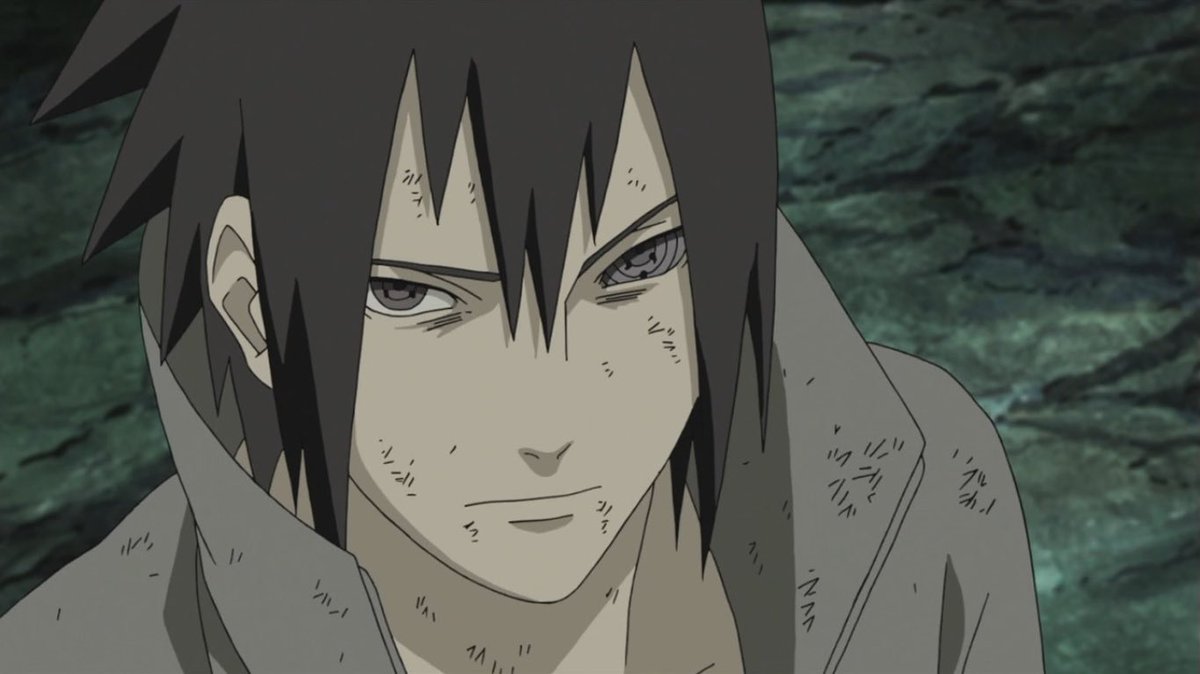
Sasuke didn’t have friends and didn’t really care to make them either. He rarely participated in normal childhood activities, as they did not interest him. He would never forget the tragic fate of his clan and would sacrifice his own happiness to avenge his family. Everything that Sasuke did revolved around revenge, and it slowly began to consume him to the point where he would do anything to get stronger, even if it meant making deals with a few villains along the way.
For a while, it seemed that Sasuke had indefinitely switched to the side of evil. Though he struggled with inner conflict many times, he remained on the side of good and resisted most evil temptations that were thrown at him. This didn’t last, and he decided that it didn’t matter how he obtained his power, as long as he got it. He betrayed his village and left to join forces with big bad and legendary Sannin, Orochimaru, making him a rogue ninja.
As the story progresses (and this is seen even more after the time skip), it is obvious that there aren’t many dastardly deeds that Sasuke will say no to. If it helped in his quest for revenge, he did it without hesitation, unlike his younger self, who would have most definitely hesitated. This includes bringing harm and/or killing his ex-comrades and teacher if need be.
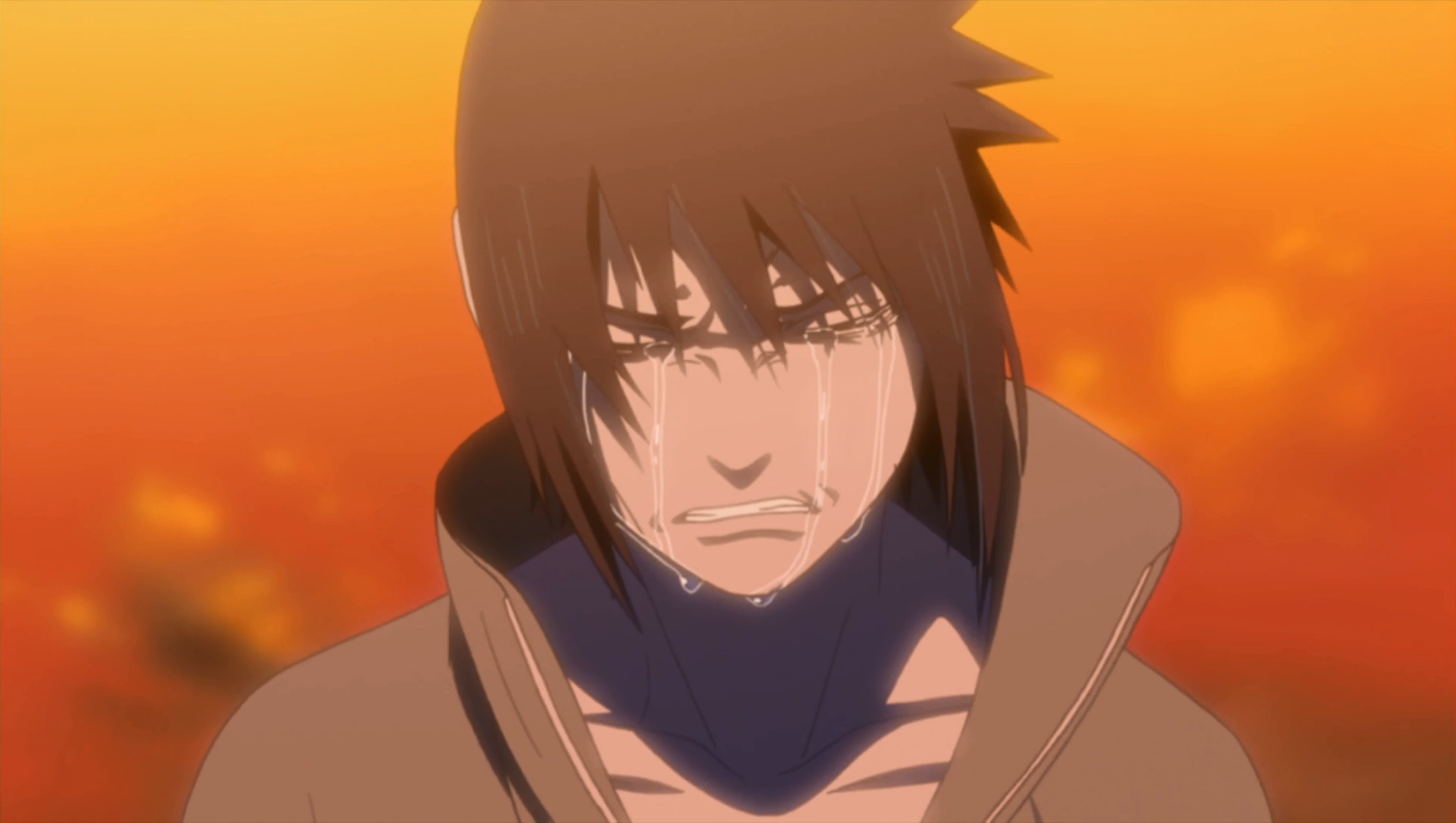
When Sasuke finally is able to confront his brother Itachi, he manages to kill him. He is lost, realizing that he is now left without a purpose. He spent his entire life thus far plotting for revenge, and when he does get it, it’s bittersweet. Sasuke eventually learns that his brother wasn’t a cold-hearted murderer and that he was essentially ordered to slaughter his own clan so that a war wouldn’t break out between the Uchiha clan and the village. He was told that if he did this, Sasuke would be spared. When Sasuke finds out these truths, he feels devastated and lost. He attempts to seek out more revenge, but this time in his own village. He never goes through with it, though he has become an international criminal at this point due to his long list of crimes and misdeeds. Despite all of these things, Sasuke is not a villain but a victim of childhood trauma.
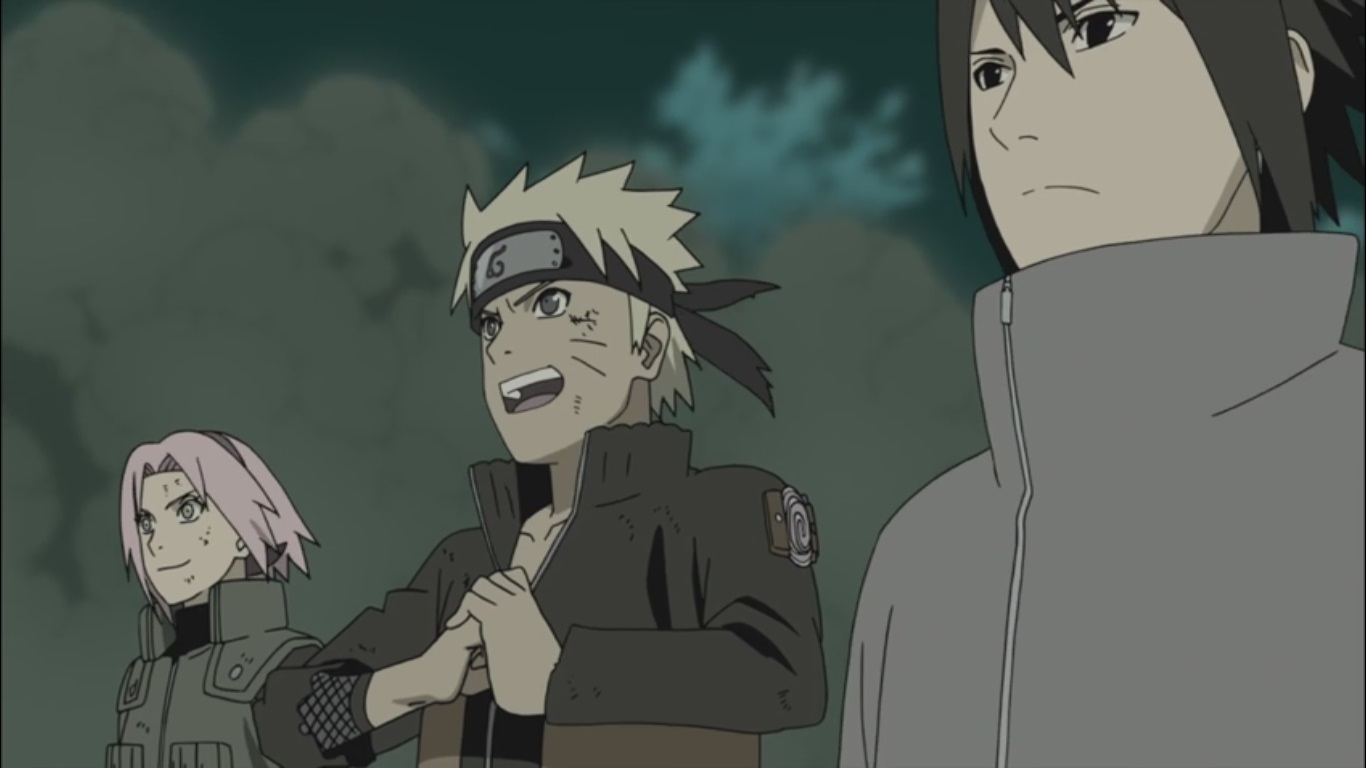
He watched his entire family get murdered in cold blood before his eyes and then spent his life plotting revenge. When the truth came out about his past, it broke him again. The crimes he committed were simply due to people getting in the way of his revenge. Sasuke’s path to redemption was rocky as well. Though he did technically rejoin the side of good and fought in the war beside his comrades, he still hadn’t found closure.
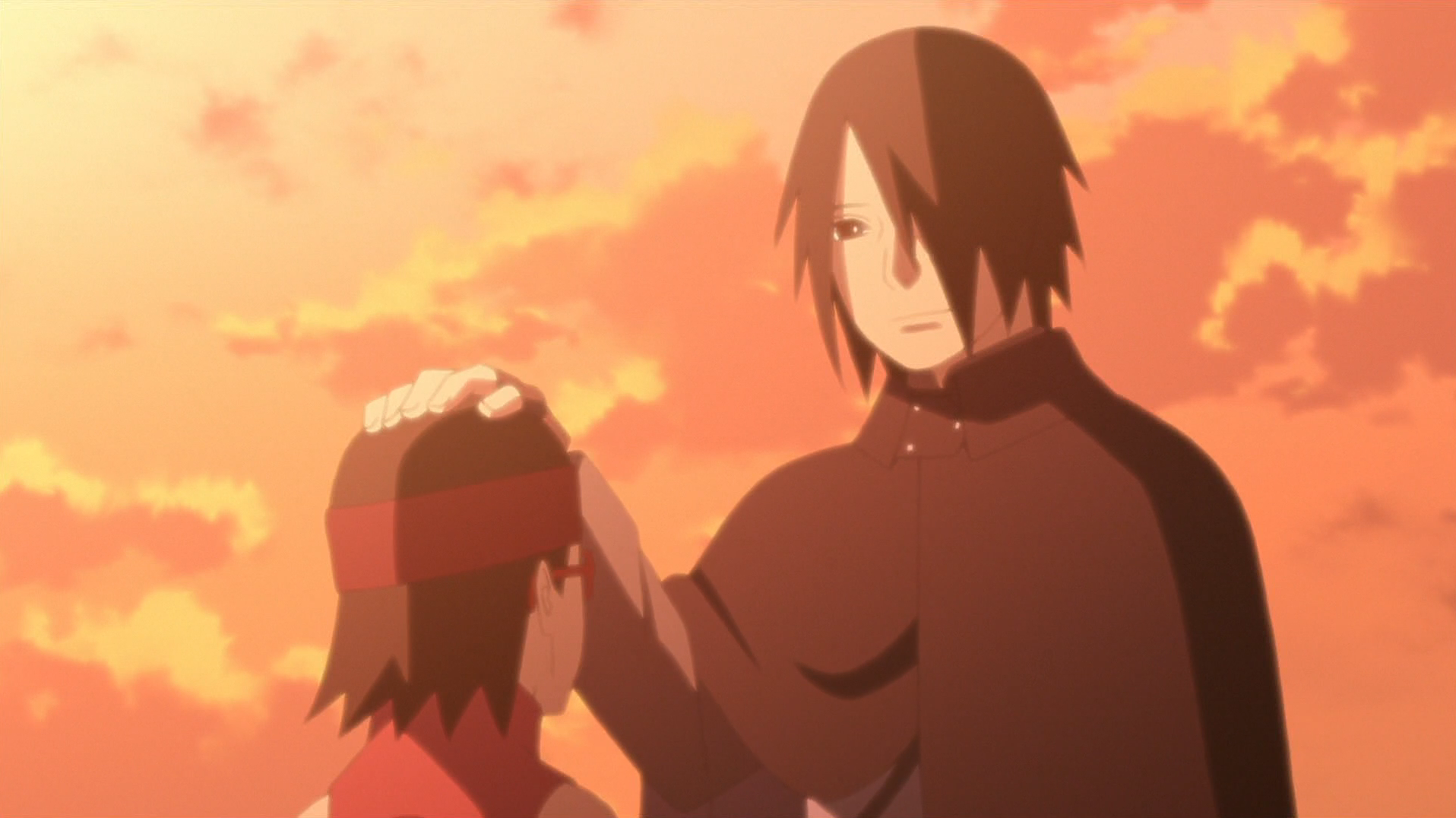
It took him having to fight his best friend (Naruto) to near death to get him to come full circle and realize that there is more to life than power and revenge. He emotionally accepts this, and he and Naruto go back to their village with Sakura. Sasuke manages to be cleared of his crimes partially due to his help in the war, mostly due to Naruto’s good word. He realizes that he isn’t meant to avenge but protect.
He pledges his allegiance to his village once more and offers his constant protection over it. He is even able to live a decent life and settle down as a husband and father and as a teacher to the future generations of shinobi. Sasuke was never a villain, just a victim of circumstance and constant conflict. If things hadn’t played out the way they had in his childhood, Sasuke may not have gone down the antagonist path, period.
Ben Solo/Kylo Ren (Star Wars)
Ben Solo (or Kylo Ren) is one of the most complicated antagonists in the Star Wars film franchise. It has been the hot topic of many online discussions and debates about whether or not the son of Han Solo should be considered a villain. When Kylo Ren was first introduced in Star Wars: The Force Awakens, he donned his black cloak and helmet, paying a generous homage to his grandfather and intergalactic ruler, Darth Vader. However, it is quickly learned that Kylo Ren and Darth Vader are far from being the same, no matter how much Kylo Ren attempts to imitate him. Kylo Ren’s image, initial attitude, and fighting style suggested that he would indefinitely be the big bad of the trilogy…until he wasn’t.
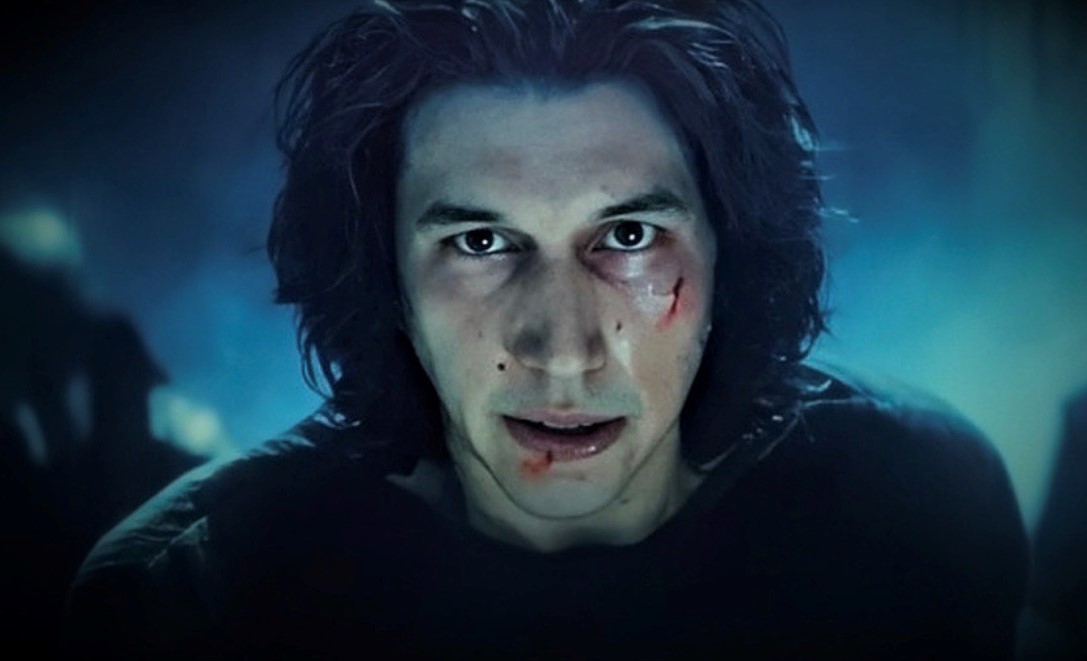
Throughout The Force Awakens and the rest of the films that followed, we find that Kylo Ren doesn’t quite fit the mold of a villain at all. His reactions to things not going his way are almost childish, to the point where he smashes things aimlessly with his lightsaber. He is emotional and often shows it through his actions and facial expressions. He serves a master called Snoke, and though he doesn’t seem to be very involved in the military/leadership aspect of The First Order, he seems to get sent out quite often to do Snoke’s dirty work. Aside from that, he never truly seemed motivated by anything aside from power.
Kylo Ren is viewed as a villain for quite a few reasons — being involved with a fascist regime, wielding dark side powers, killing his fellow Jedi comrades (which later ended up being a false accusation in the graphic novel, The Rise of Kylo Ren), and the notorious murder of his father, Han Solo. He had caused so much trouble for the protagonists (Rey and the Resistance), yet it is still difficult to view him as a one-dimensional and cold-hearted villain. Though his actions could be unjust and borderline cruel, Kylo Ren still exhibited behavior that wasn’t typical for a villain.
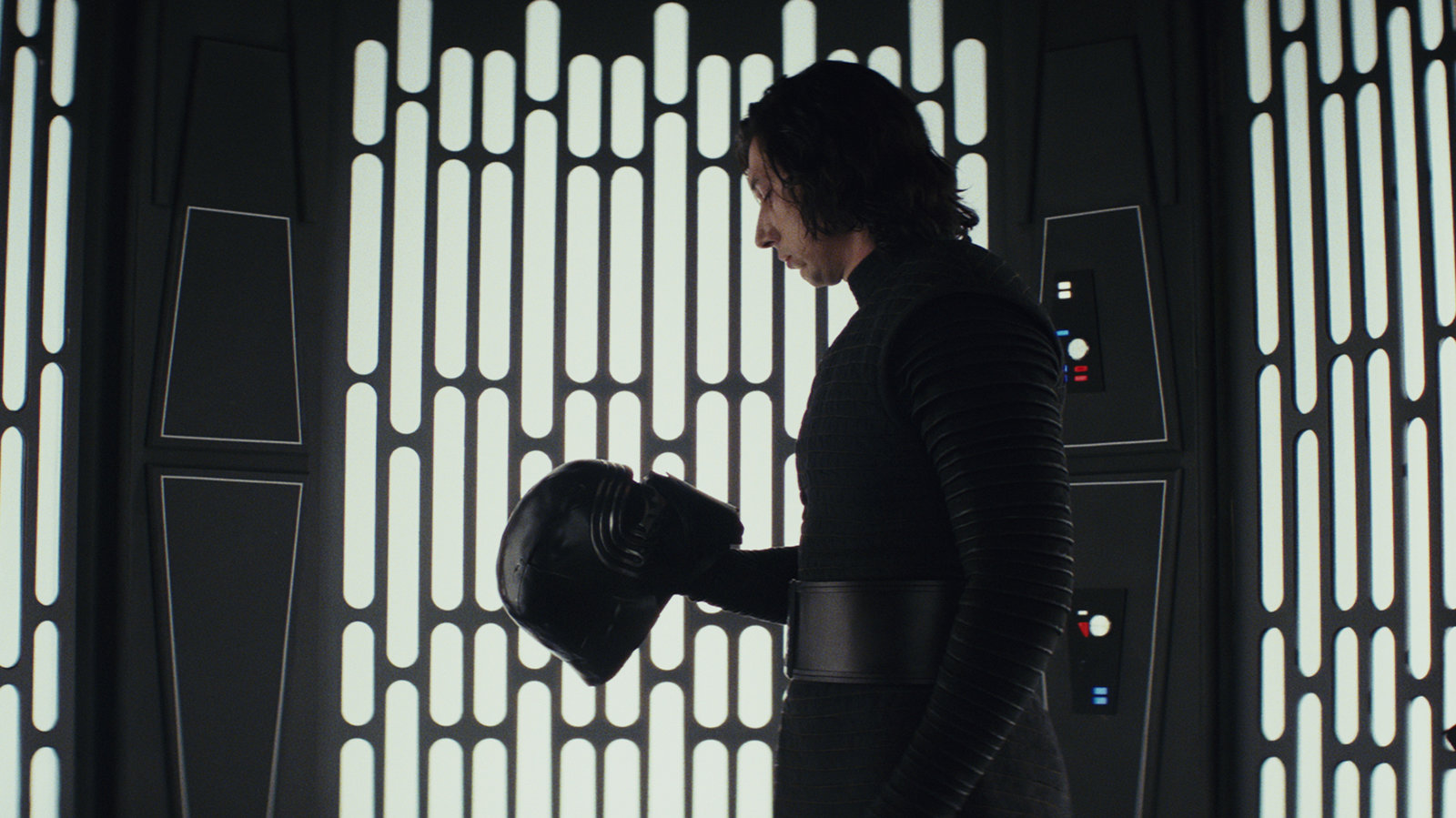
Ben’s childlike responses to certain situations are better explained as fans get a glimpse into his past via the graphic novel, The Rise of Kylo Ren by Charles Soule. Ben often grew up alone and in the care of nanny droids, as his parents were constantly away. Leia was preoccupied with her diplomatic duties, and Han just couldn’t leave behind his smuggler lifestyle. Because of this, Ben never was able to be properly raised by his parents, making him possibly feel unwanted and of little importance. When his parents couldn’t help him with his force-sensitive abilities, he was sent to train with his uncle, Luke Skywalker himself.
Matters were only made worse when his own uncle tried to kill him, and from then on, trust wasn’t something that Ben took lightly. After being falsely accused of killing Luke Skywalker, Ben’s fellow classmates forced him to fight, which ended in tragedy. He abandoned his old life and found Snoke, where he trained under him and eventually abandoned the name Ben Solo to become Kylo Ren. Snoke was not a good mentor and often made Ben go through hazardous training and situations, all while berating him. He joined The First Order, where even more negative influences surrounded him. Unfortunately, Ben’s parents, uncle, master, and many others have only managed to leave a negative imprint on him as a child/young adult, leaving him to feel lost and unimportant.
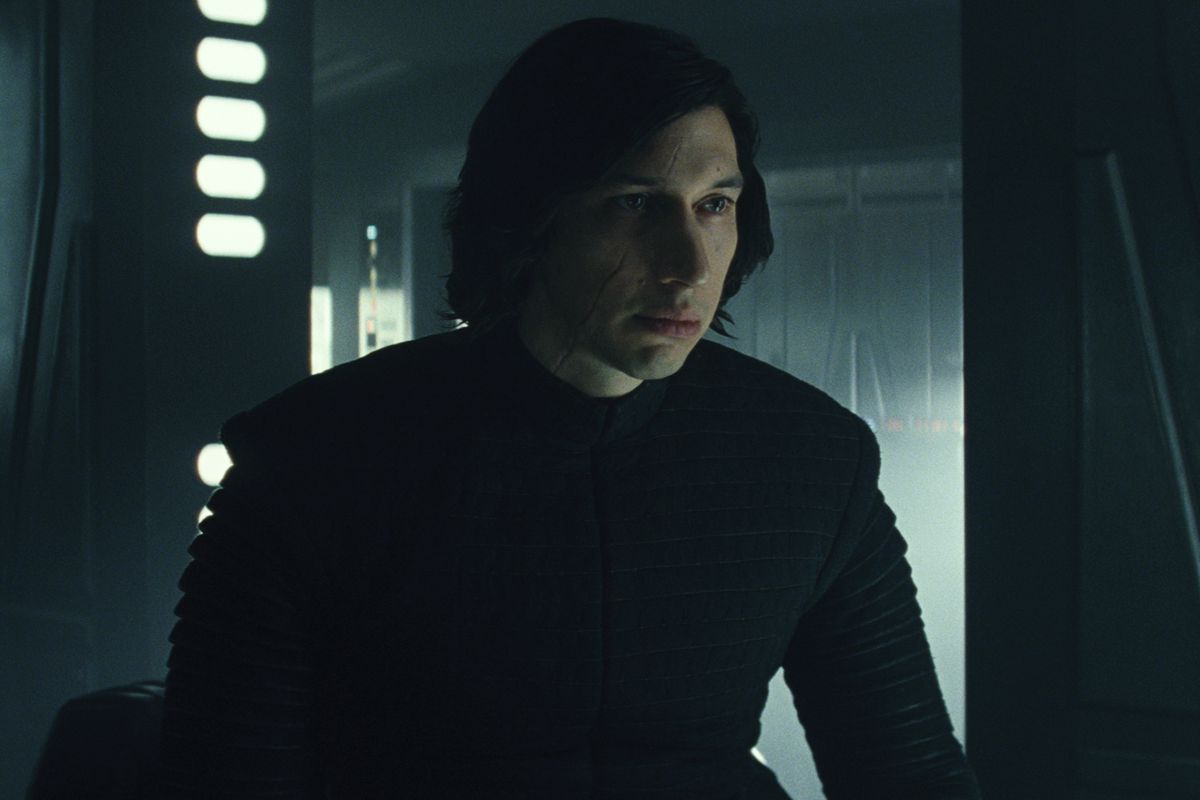
After Ben met Rey, his attitude started to shift. For the first time in a while, he had not only someone to talk to but someone who understood him as well. He is flaky with his allegiances as he had to learn not to be so trusting and was still conflicted about his destiny involving the light and dark side of the force. Though he did defeat his abusive master and saved Rey from certain death, Ben still struggled between light and dark. Eventually, he chose to discard his Kylo Ren identity and fight the actual big bad (Palpatine) at Rey’s side and eventually sacrificed his own life in order to save hers, which was the most selfless act Ben Solo had ever committed.
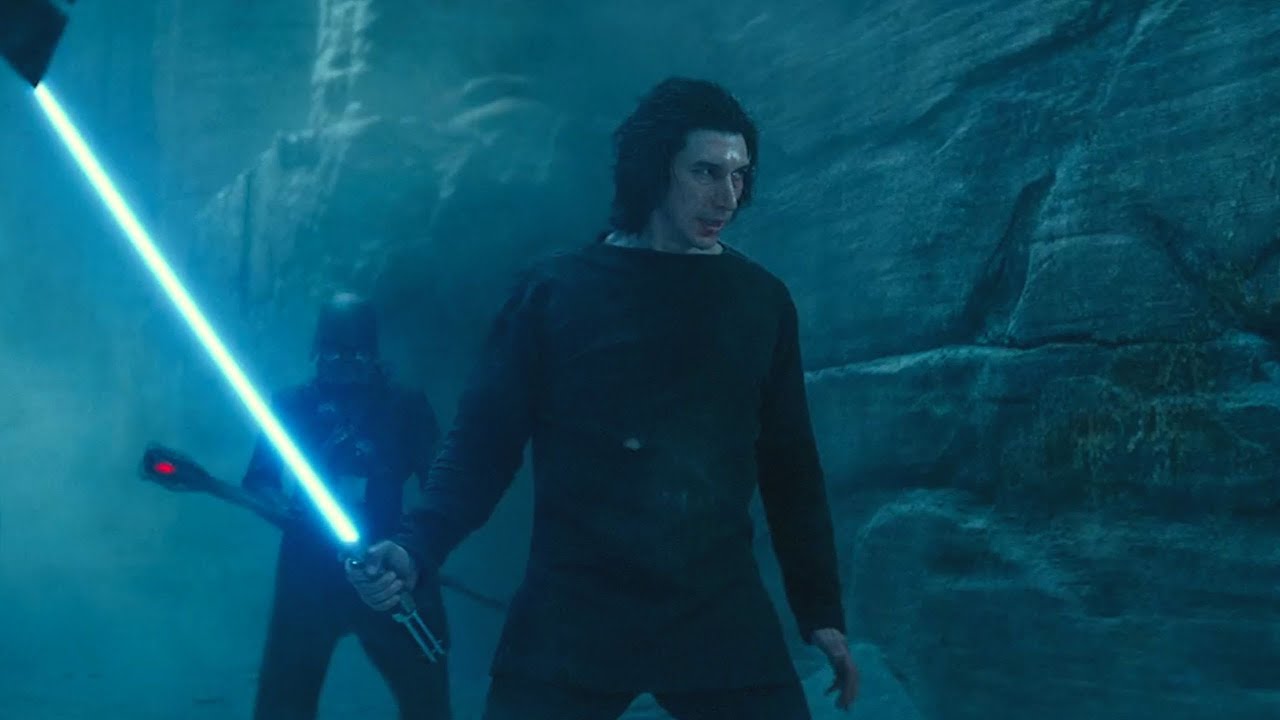
Ben Solo was not a villain but a victim of circumstance turned into a complex antagonist. He did deserve a little better than redemption through a quick death, but the way he died was noble and selfless, which truly is a testament to his complex character.
Tomura Shigaraki (My Hero Academia)
Shigaraki is another antagonist who is a victim of circumstance. Shigaraki was definitely viewed as a big bad since the beginning of the series. He is the head of The League of Villains — a group of dastardly villains who have all done some pretty horrifying things, and Shigaraki is no exception. He has committed some terrible crimes and won’t hesitate to kill those who cross him with absolutely no remorse. He is the successor to the very powerful big bad, All For One, which gives all the more reason to classify Shigaraki as a straight-up, low-down villain. But as the series goes on (specifically in the more recent manga chapters), it is implied that there is much more to Tomura Shigaraki than what is seen on the surface.
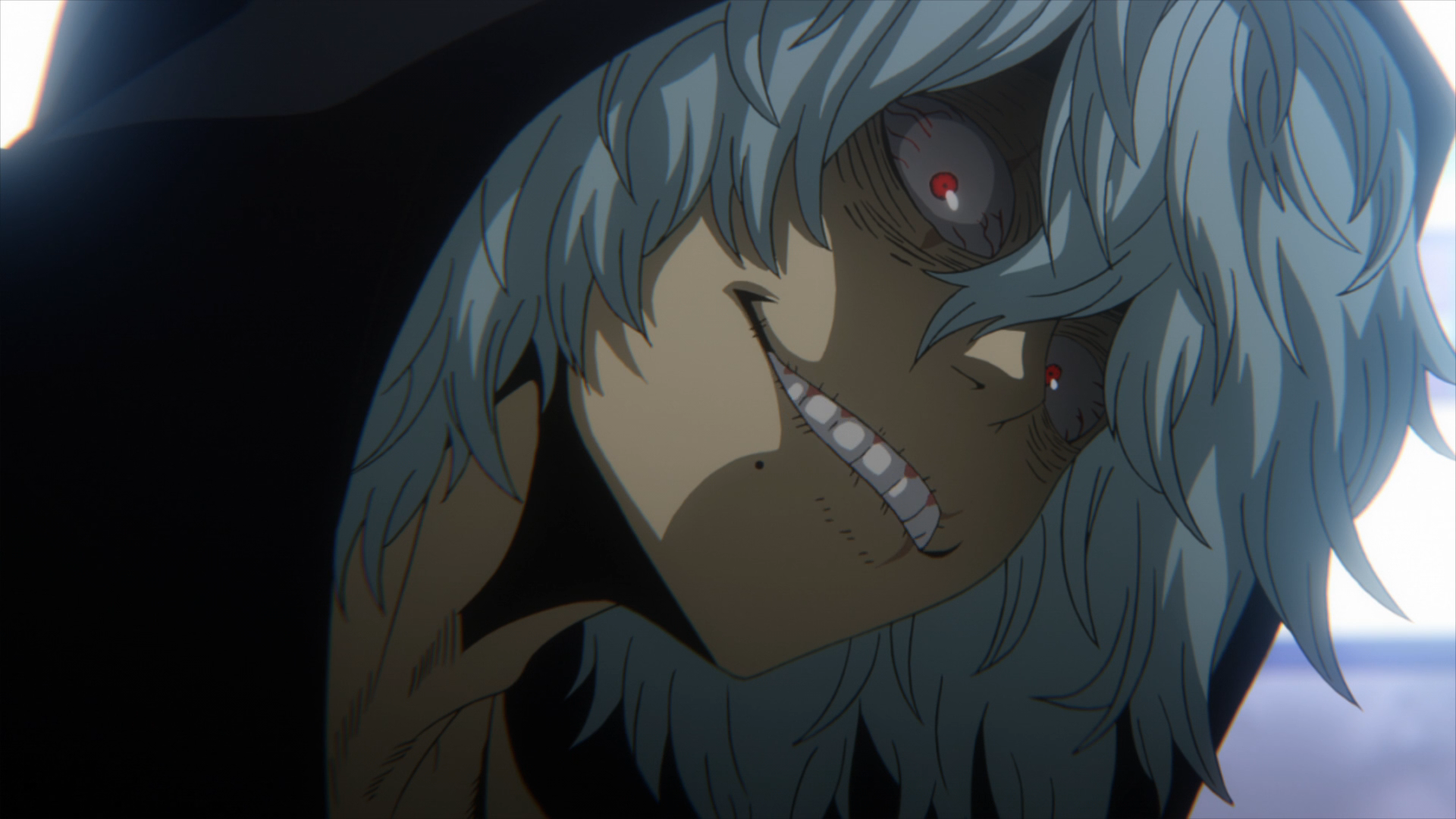
Shigaraki is a far more complicated antagonist than fans initially thought. Shigaraki went by his birth name, Tenko Shimura, as a child. He had a quirk that he couldn’t quite control and lived in an abusive household with a father that held a grudge against heroes. One day after accidentally murdering his entire family with his quirk, Tenko wandered around by himself until he met All For One. The man took pity on the poor boy but claimed that he saw potential in him. He decided to take Tenko in and give him a new name, and for the first time in his life, Shigaraki truly felt wanted. Shigaraki’s traumatic childhood and meeting All For One was a turning point in his life, and from then on, he grew to be one of the most ruthless antagonists.
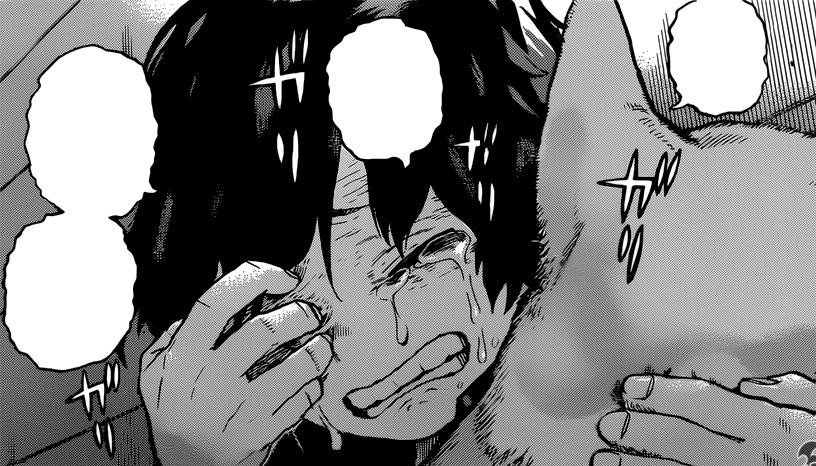
Despite his cruel nature, Shigaraki still acts extremely childish and gets highly upset when things don’t go his way. This leads him to whine and sometimes even act out of fear if he fails, almost as if he is afraid to be punished. This implies a spoiled-like complex that he could have developed by being named All For One’s successor, as All For One continuously talked about it while Shigaraki was growing up. His more fearful responses could also be from his traumatic and abusive childhood. Recent events in the manga suggest that All For One doesn’t really care for Shigaraki and only wants to use him as a vessel of power to get what he wants. All For One is the true villain, while Shigarki is the more complex antagonist keeping the heroes at bay.
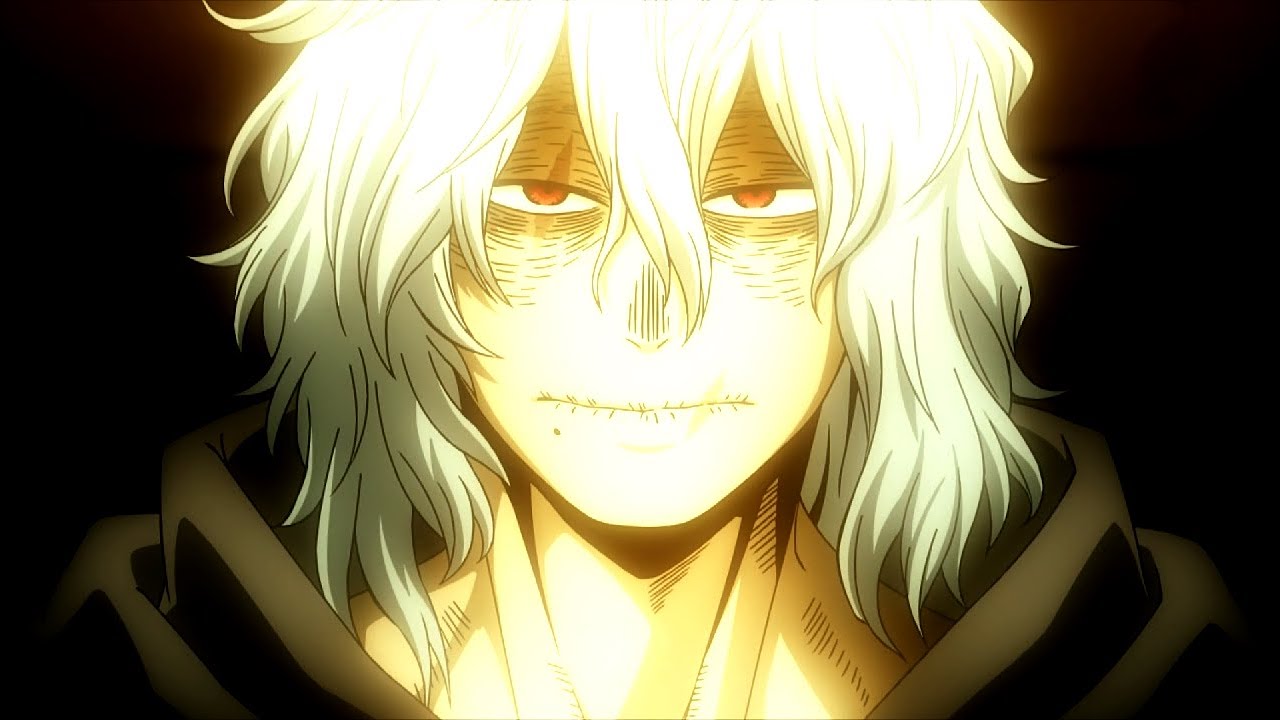
There is a possibility that Shigaraki could be redeemed, but it’s still too early in the story to tell. Though he is definitely more diabolical than most antagonists listed here, he still manages to fit into a more complex category where it’s possible to empathize with him. His feelings are realistic, and it entices viewers to want to know more about him and why he justifies his less than noble actions. Fans are already coming up with plenty of theories about where his story might go, and maybe there is a chance that Deku himself can save him.
The Complexity Of The Antagonist
Villains and antagonists can vary, and they can even mingle, but they are not always the same by any means. While villains usually have a diabolical motive set in stone, complex antagonists can go either way with their intentions. None of the antagonists on this list started with ill intentions, but certain circumstances pushed them to villainy anyway. Some of these antagonists even believe that their actions are for the greater good, no matter how horrible they seem to others. These antagonists were all working for a big bad, meaning that some were even groomed to be antagonists from a very young age. These types of antagonists are the ones we tend to sympathize with and empathize with more because their feelings, thoughts, and struggles are realistic compared to the one-dimensional supervillain.
Writing a complex antagonist doesn’t just give the character depth but adds so much more to the story. Giving readers and viewers a more complex antagonist makes us want to understand the character instead of just brushing them off and aimlessly rooting for the good guy just because. Even the antagonist has a shot at redemption, which makes a seeming cliche plotline all the more exciting. Are these antagonists still problematic in many aspects? Yes, but without them, the story wouldn’t have much drama and flavor, and isn’t that more exciting than just a one-dimensional villain? Long live the complex antagonist!
